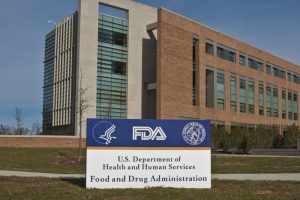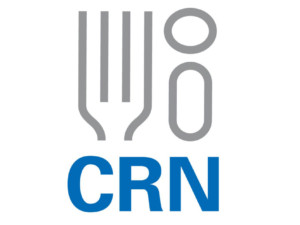
On April 22, the U.S. Meals and Drug Administration (FDA) and Division of Well being and Human Providers (HHS) introduced a plan to part out all petroleum-based artificial dyes from the nation’s meals provide as a part of the Make America Wholesome Once more (MAHA) motion.
FDA is taking quite a few actions together with establishing a nationwide normal and timeline for the meals trade to transition from petrochemical-based dyes to pure options. The company will revoke authorization for 2 artificial meals colorings—Citrus Pink No. 2 and Orange B—inside the coming months.
Moreover, FDA can be working to remove six different artificial dyes—FD&C Inexperienced No. 3, FD&C Pink No. 40, FD&C Yellow No. 5, FD&C Yellow No. 6, FD&C Blue No. 1 and FD&C Blue No. 2—by the tip of 2026. The company can be requesting meals corporations to take away FD&C Pink No. 3 earlier than the unique 2027-28 deadline.
FDA will companion with the Nationwide Institutes of Well being (NIH) to conduct complete analysis on how meals components impression the well being and improvement of youngsters. It would additionally fast-track the evaluation of pure options to artificial meals dyes.
“For too lengthy, some meals producers have been feeding People petroleum-based chemical compounds with out their information or consent,” stated HHS Secretary Robert F. Kennedy, Jr. “These toxic compounds supply no dietary profit and pose actual, measurable risks to our kids’s well being and improvement. That period is coming to an finish. We’re restoring gold-standard science, making use of frequent sense, and starting to earn again the general public’s belief. And we’re doing it by working with trade to get these poisonous dyes out of the meals our households eat every single day.”
“Immediately, the FDA is asking meals corporations to substitute petrochemical dyes with pure elements for American kids as they already do in Europe and Canada,” added FDA Commissioner Marty Makary, MD, MPH. “We’ve a brand new epidemic of childhood diabetes, weight problems, despair, and ADHD. Given the rising considerations of docs and fogeys concerning the potential function of petroleum-based meals dyes, we shouldn’t be taking dangers and do every thing potential to safeguard the well being of our kids.”
The pure merchandise trade responded to the artificial dye ban, calling the choice “lengthy overdue.”
“It’s nice that they’re doing this, however now we have had merchandise with out these artificial dyes on shelf for 90 years now. Hopefully, this may trigger the shopper to begin asking questions on different doubtlessly dangerous ingredient and begin seeking out the unbiased pure merchandise for these more healthy choices accessible immediately!” stated SENPA President Jeff Shackelford.
Retailer Pat Sardell, proprietor of Nation Nutritional vitamins in Corvallis, OR stated the lengthy overdue ban is “an encouraging effort linking well being, the setting and the ability of knowledgeable, involved customers.”
“A number of research through the years have linked sure synthetic dyes to hyperactivity in kids, allergic reactions, and even carcinogenic results underneath particular circumstances, sparking widespread alarm amongst customers and advocacy teams alike. It’s a constructive step ahead to creating meals merchandise within the U.S. safer and inspiring using pure elements for coloring as they already do in Europe and Canada,” Sardell stated.
Jim Roza, chief scientific officer at Layn Pure Components (Irvine, CA) applauded the efforts primarily based on the hyperlink between synthetic colours, most cancers and different maladies. Nonetheless, he believes the general public ought to be equally involved about each artificial meals dyes and synthetic sweeteners.
“These sweeteners have been foisted upon customers for many years with the notion that they’d assist in weight reduction, cut back kind 2 diabetes and curb sugar cravings. Has it labored? The consensus amongst well being professionals is that it hasn’t and could possibly be the reason for sickness,” Roza defined. “Most cancers charges proceed to rise, weight problems and diabetes are at epidemic proportions and the proof that these elements are dangerous continues to develop. Though a direct correlation between their use and illness has not been confirmed, there’s a physique of analysis which has proven a potential hyperlink between the 2.”
For extra data, go to www.fda.gov or www.hhs.gov.




![[Sponsored Video] LJ100® Tongkat Ali Powers Testosterone in Males, Progesterone in Ladies!](https://fitnessclerk.com/wp-content/uploads/2025/09/vre-nie-npr-2025-09-video-hp-ingredients-350x250.jpg)





